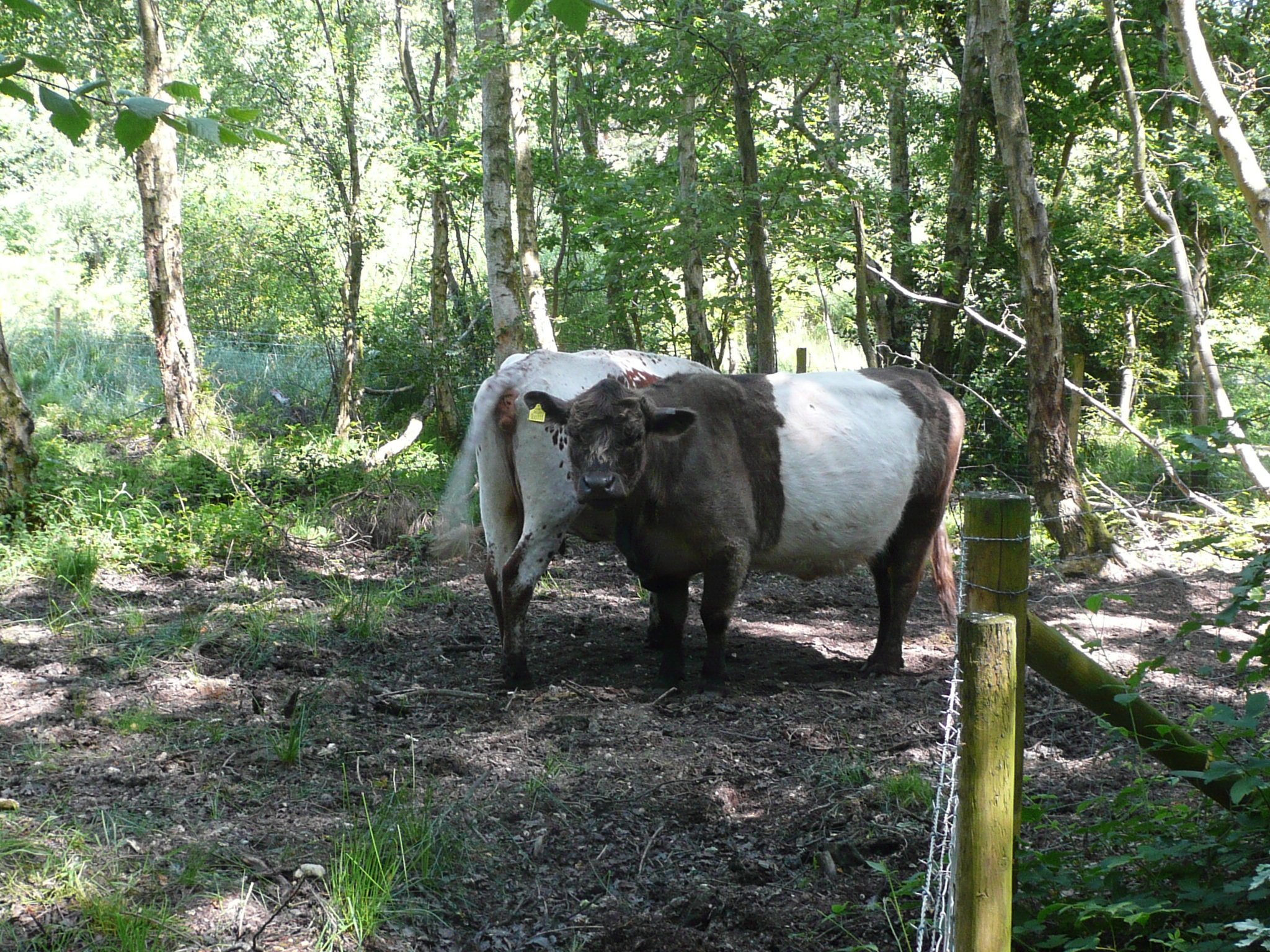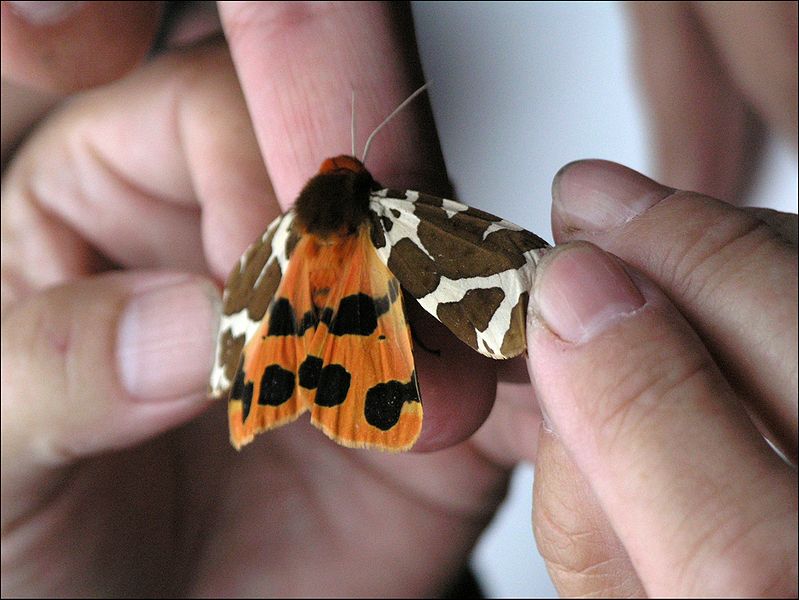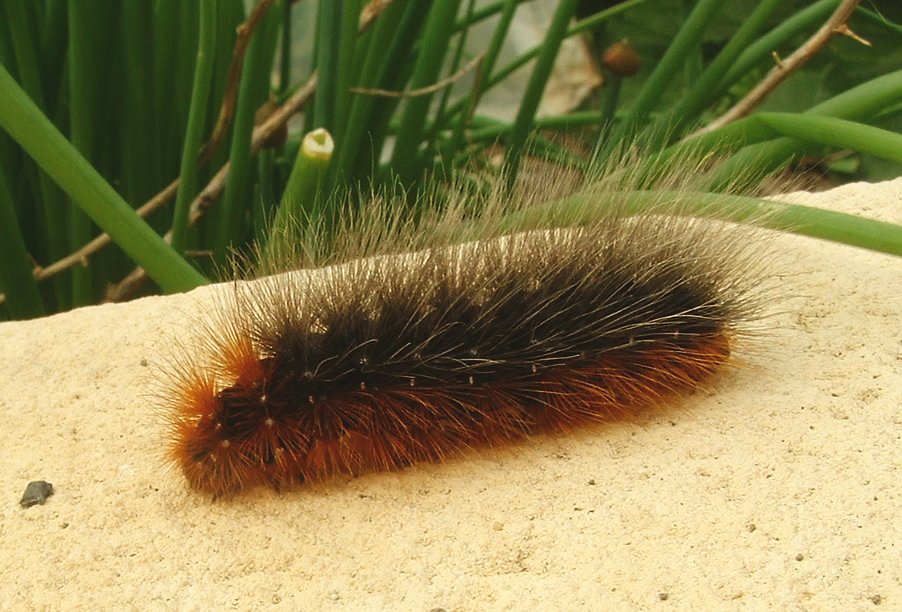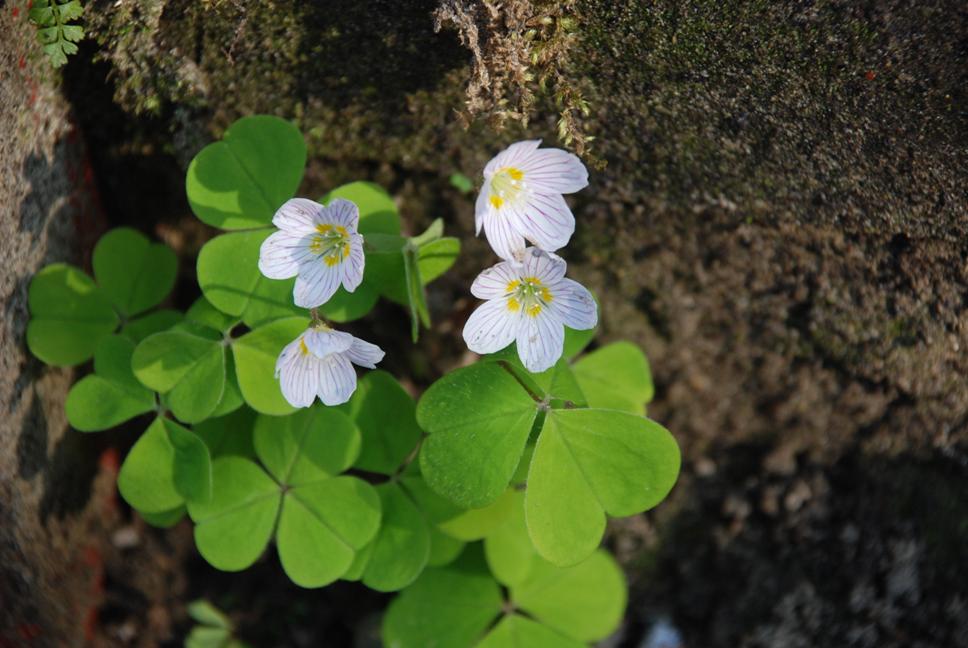Introducing Kite (facing) – an Irish Moiled (rare breed)
From the Hart Countryside Services Facebook site:
Kite and Hazel the cattle at Fleet Pond are very happy in Fugelmere Marsh (the grazing enclosure to the left of Sandy Bay if looking at the water) they are owned by Miller’s Ark there are lots of sedges to eat and in this beautiful weather they have been able to get to areas that normally are too wet for them
Introducing Hazel – a Belted Galloway (traditional breed)
Some background on Miller’s Ark:
Miller’s Ark Animals is based on the Earl of Malmesbury’s estate at Hook in Hampshire and the home farm specialises in breeding Irish Moiled rare breed cattle, traditional Belted Galloways, rare breed sheep, Pygmy goats. Kune Kune pigs, standard and miniature donkeys, ducks, geese, turkeys and chicken.
For related posts from previous years, please see here and here.
Photos: David Pottinger








